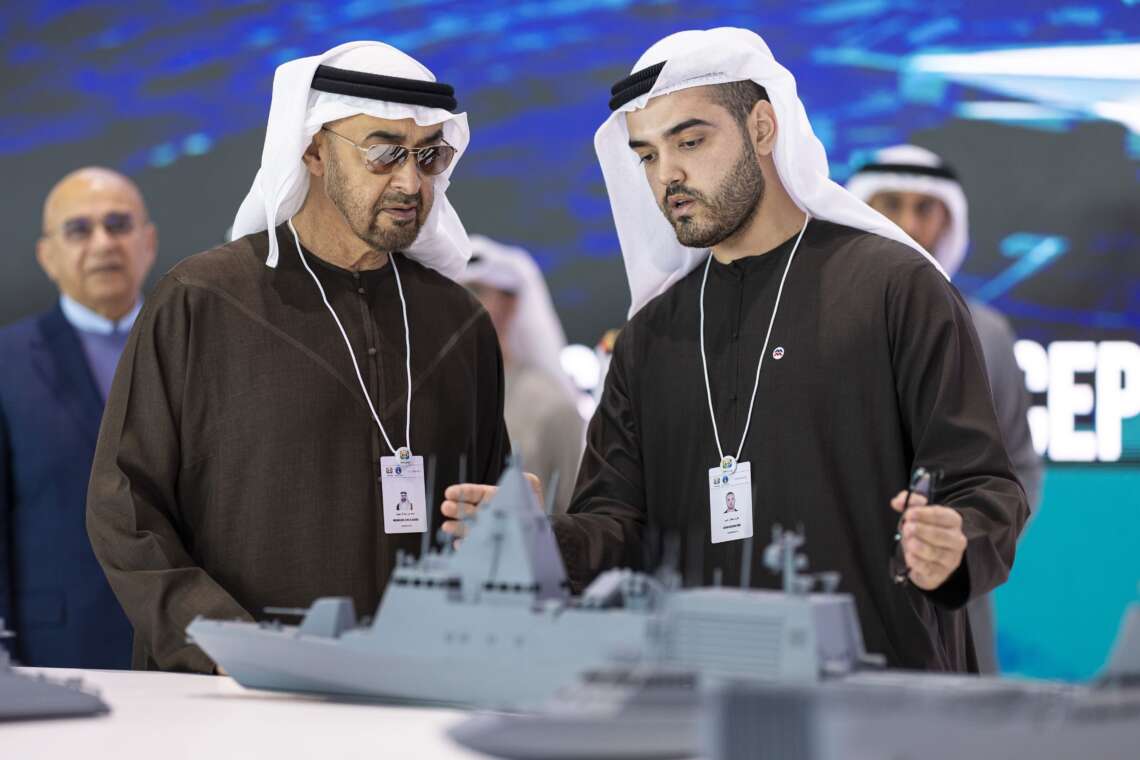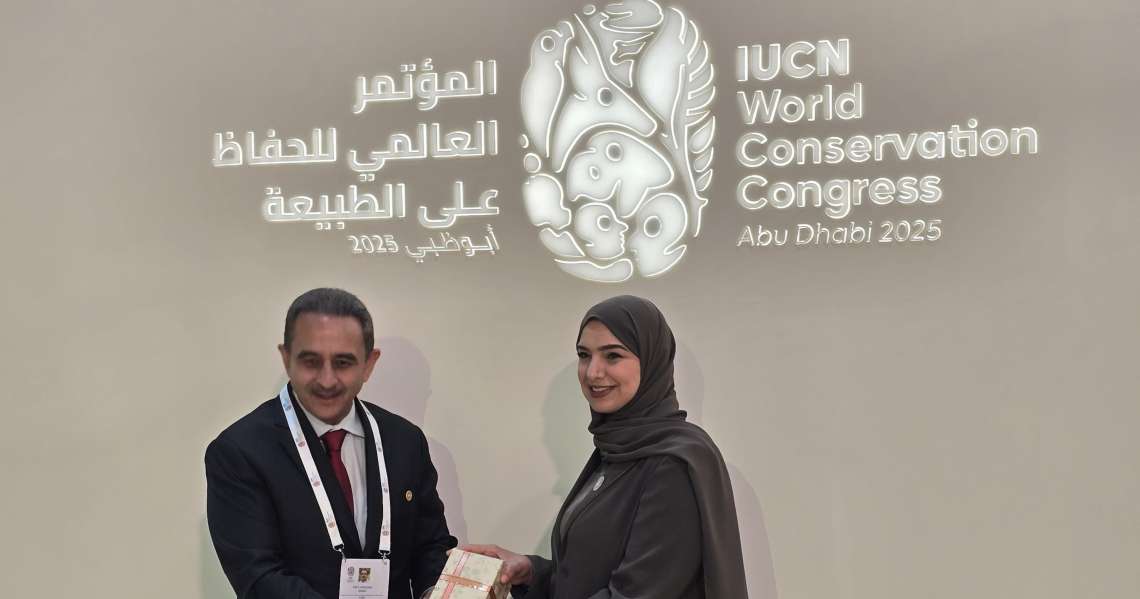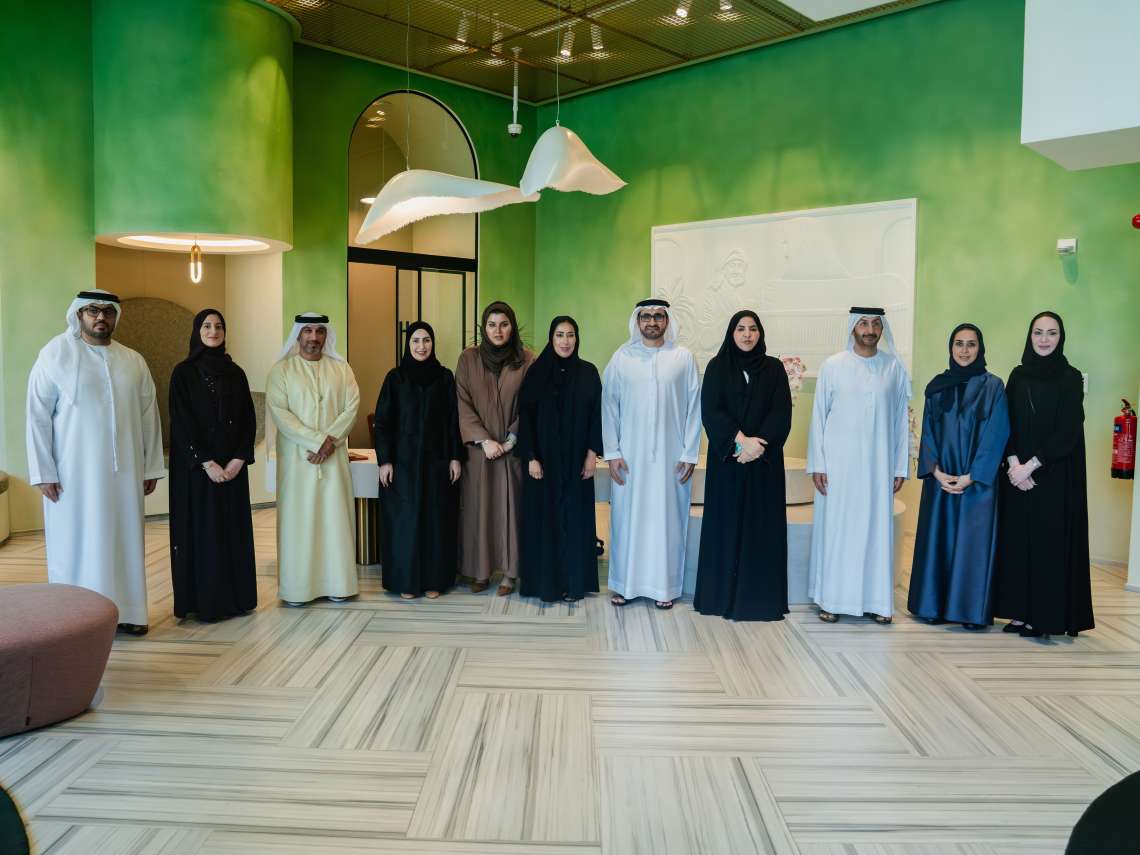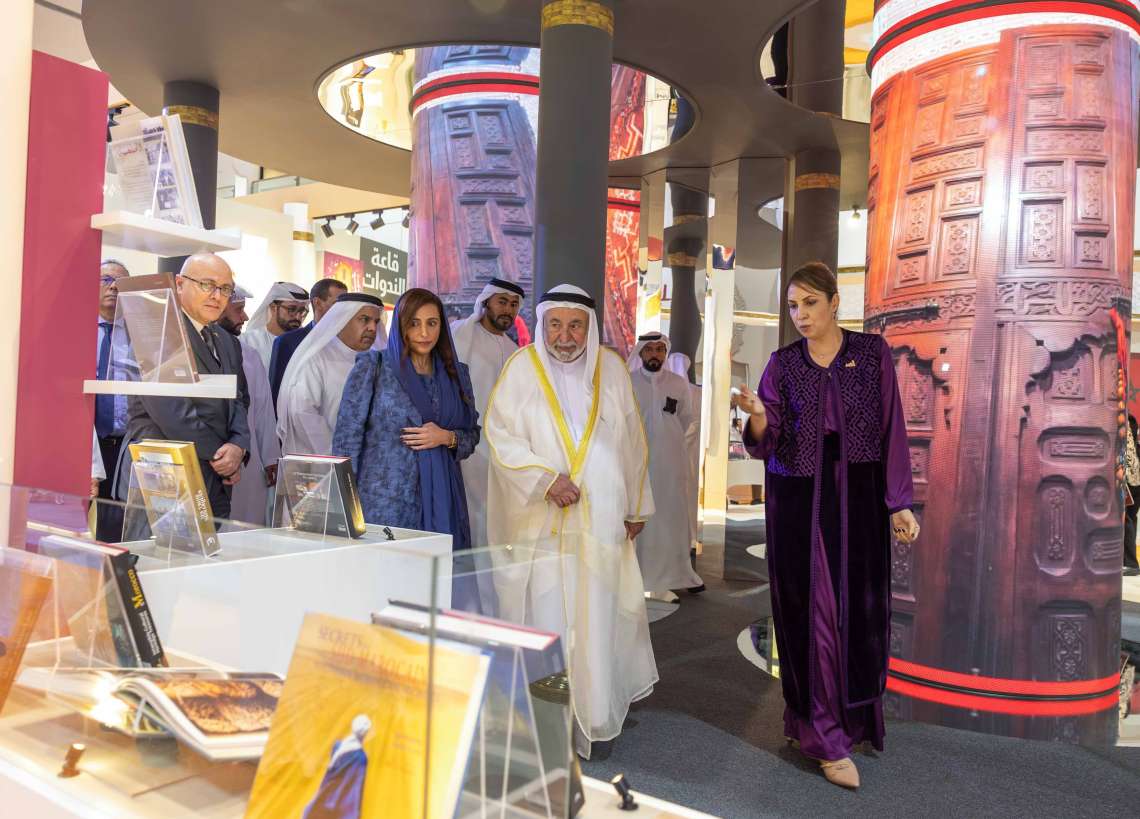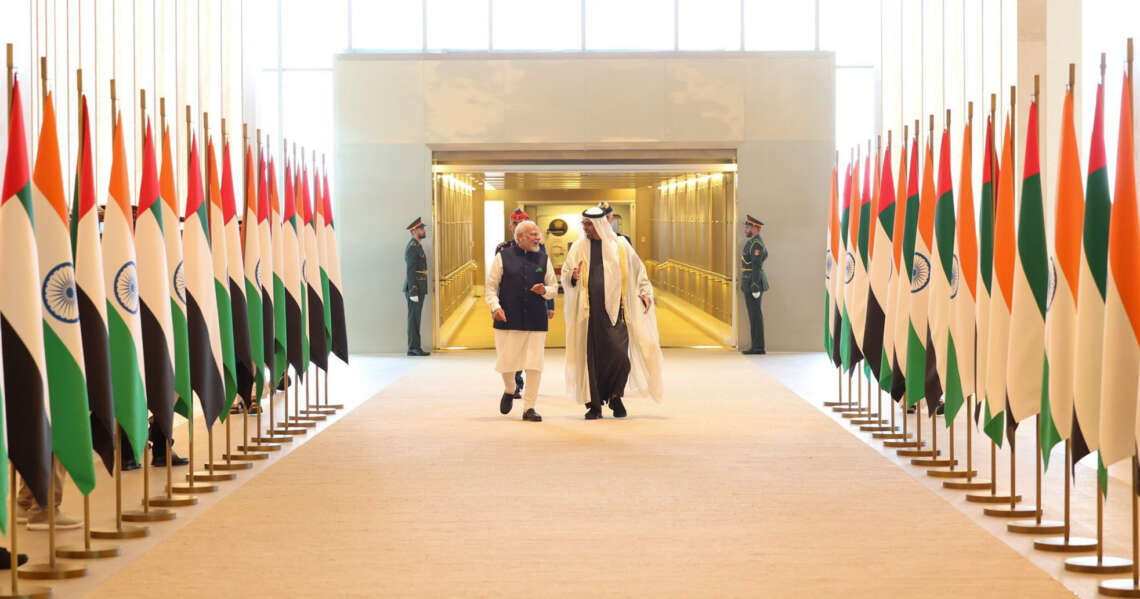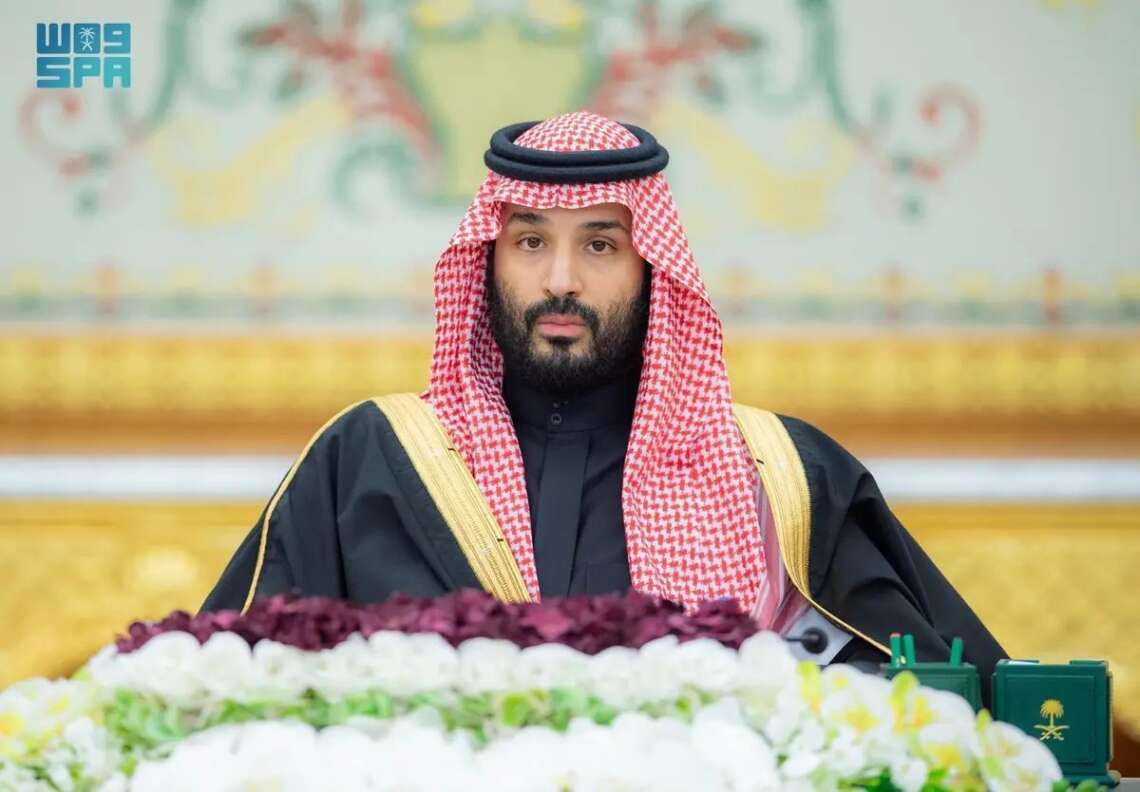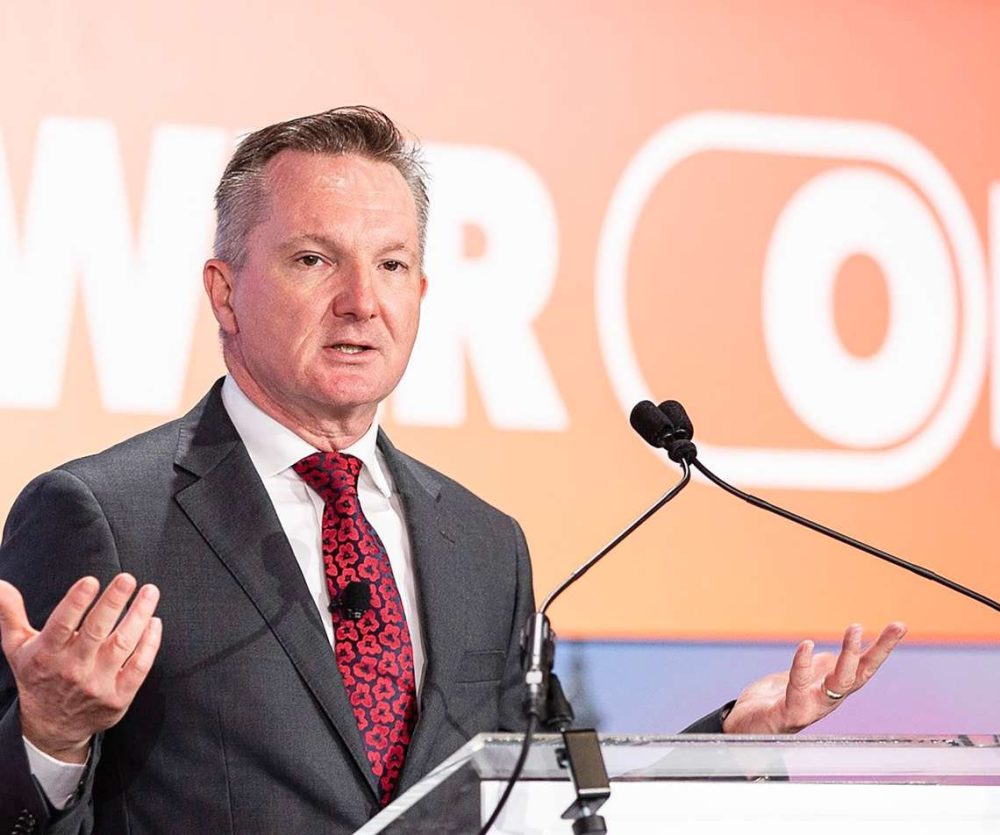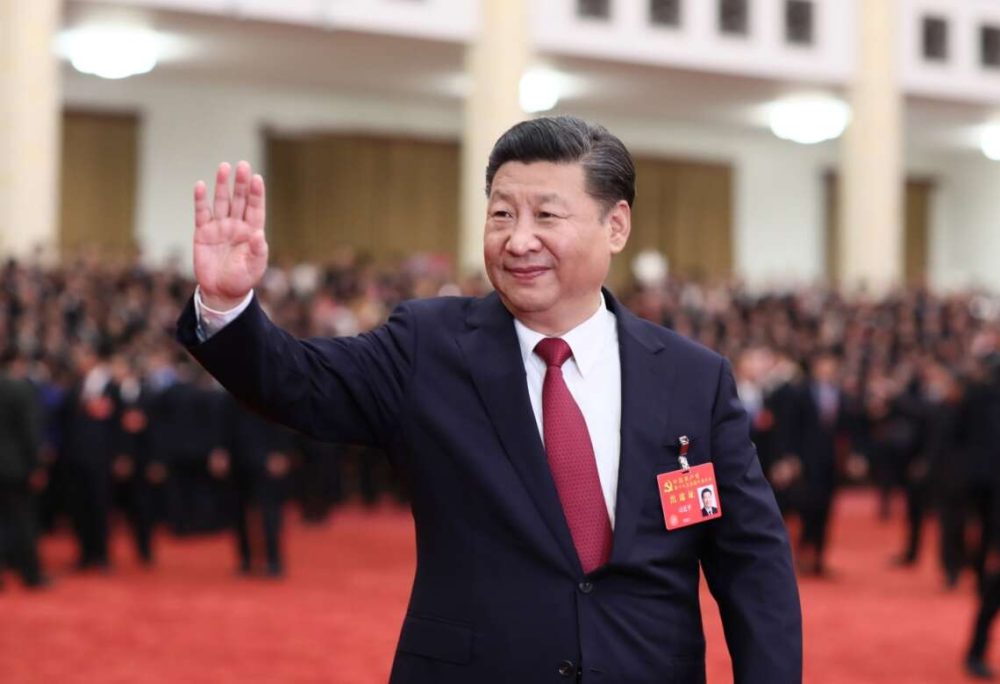During his visit, President H.H. Sheikh Mohamed toured the exhibition, exploring the pavilions and stands of various local and international companies.
President His Highness Sheikh Mohamed bin Zayed Al Nahyan attended the Naval Defence and Maritime Security Exhibition (NAVDEX 2025) today. The event is being held at the Abu Dhabi National Exhibition Centre (ADNEC) alongside the International Defence Exhibition (IDEX 2025).
During his visit, President H.H. Sheikh Mohamed toured the exhibition, exploring the pavilions and stands of various local and international companies. He was briefed on the latest innovations and cutting-edge technologies in naval defence.
The President was accompanied on the tour by H.H. Sheikh Hamdan bin Mohamed bin Zayed Al Nahyan, Deputy Chairman of the Presidential Court for Special Affairs, along with several officials.
Xxx
IDEX and robotic vehicles
IDEX 2025 is showcasing advanced robotic vehicles, highlighting cutting-edge technologies in defense and security. The event emphasises the integration of technology to support armed forces in diverse operational environments and the UAE’s commitment to developing advanced technological solutions for security and defense.
Several companies presented their latest innovations during the global event.
Soframe (France) unveiled the Unmanned Ground Vehicle (UGV) designed for mine and IED detection and removal. The company is considering transferring some manufacturing operations to the UAE, pending successful field trials.
L3Harris Technologies (USA) displayed the T4 robotic system, a versatile and highly mobile UGV with advanced haptic feedback technology, ideal for challenging terrains and conditions like those in the UAE.
UAE’s EDGE showcased the SINYAR-LAR3P unmanned aerial vehicle (UAV), which is still under development. This advanced UAV features reconnaissance and combat capabilities, with a substantial payload capacity and high speed.
Haya Al Nuaimi, a mechanical design engineer at EDGE, highlighted the SINYAR-LAR3P, a UAV controlled via a ground station using satellite communication. She explained that this advanced aircraft, developed in the UAE, has not yet entered service but has garnered significant attention from visitors and participants at the IDEX and NAVDEX 2025.
She further clarified that the robotic vehicle boasts advanced reconnaissance and combat capabilities, with the ability to carry up to 610 kg and fly at speeds of up to 650 km/h. This product reflects the UAE’s progress in delivering advanced systems that support modern military and security operations.
Timoney (Ireland) introduced the “Electric Axle” system, an alternative to traditional combustion engines for vehicles. This system offers improved operational performance with greater power, flexibility, and silent operation.
GCS highlighted their successful mine and IED clearance systems, including robotic vehicles of various sizes. The company has already sold six robotic systems to the UAE for humanitarian purposes.
Overall, IDEX 2025 demonstrated the rapid advancement in robotic vehicle technology and the growing emphasis on international collaboration in the defence sector, with the UAE playing a central role in fostering such partnerships.
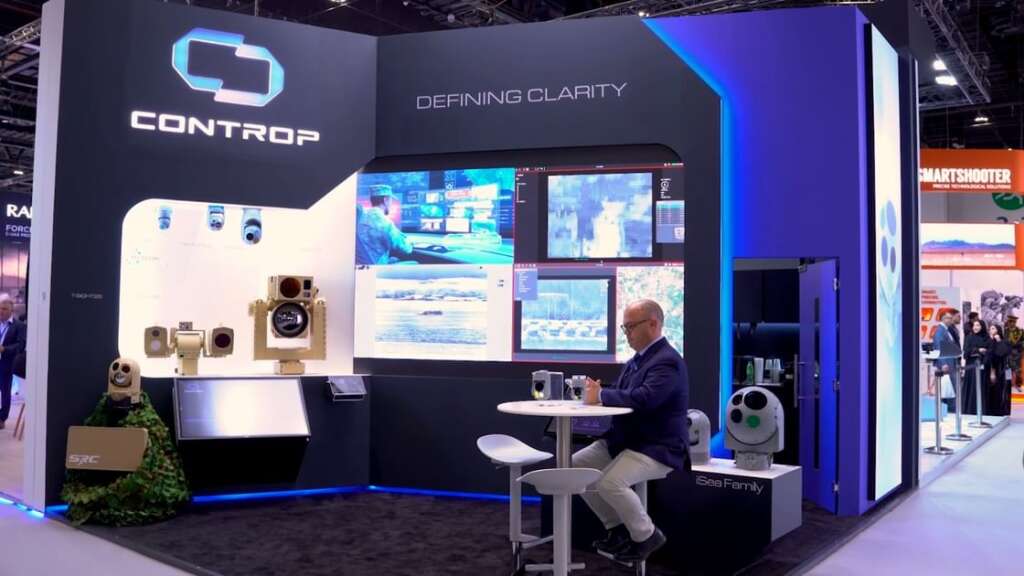
AI-powered defence innovations unveiled at IDEX
The International Defence Exhibition (IDEX) 2025 spotlighted cutting-edge AI-driven technologies redefining modern warfare. Defence firms unveiled advanced systems designed to enhance targeting precision and communication efficiency, equipping armed forces with smarter tools to address evolving challenges.
Peter Ayre, Vice President of Business Development EMEA at Genasys, introduced LRAD, a next-generation long-range audible device capable of transmitting voice commands up to 5,000 metres. This innovation enables seamless communication with individuals lacking traditional radio or mobile access, making it a vital asset in military operations.
AI is at the core of LRAD, analysing environmental data to identify targets and optimise sound transmission. Machine learning allows the system to adapt to operational conditions, ensuring superior audio clarity. Widely adopted in naval operations, the device is mounted on warships for long-distance communication and integrates with Ethernet networks for remote control and smart connectivity.
Asad Kamal, CEO of Global Industrial Defence Solutions (GIDS), a state-owned Pakistani defence conglomerate, showcased the company’s latest long-range defence solutions, including air-launched cruise missiles with a 290-kilometre range and a Multiple Launch Rocket System (MLRS) boasting a 140-kilometre reach with pinpoint accuracy.
The company is advancing naval cruise missile technology using AI and topographic mapping for precision targeting in maritime missions. Kamal also highlighted the “Shahpar-III” drone, which employs AI for enhanced targeting and combat data analysis. It is capable of flying 35,000 feet into the air and can carry a payload of 500 kilogrammes, including up to eight weapons.
In loitering munitions, AI-powered drones are designed to identify and track moving targets, such as soldiers and armoured vehicles, by processing real-time data. Equipped with advanced optics, these drones distinguish between friend and foe, detect potential threats, and execute high-precision strikes with minimal collateral damage.
Richard Hecht, Marketing Director at CONTROP Precision Technologies Ltd, said the company develops and manufactures electro-optical, precision motion control systems for surveillance, defence, para-military and homeland security missions.
These AI-powered systems provide high-resolution imagery in all lighting conditions and can track and identify objects—whether personnel, vehicles, or aircraft—while compensating for harsh weather conditions. By integrating AI analytics, they deliver precise target tracking and improved situational awareness for military forces.
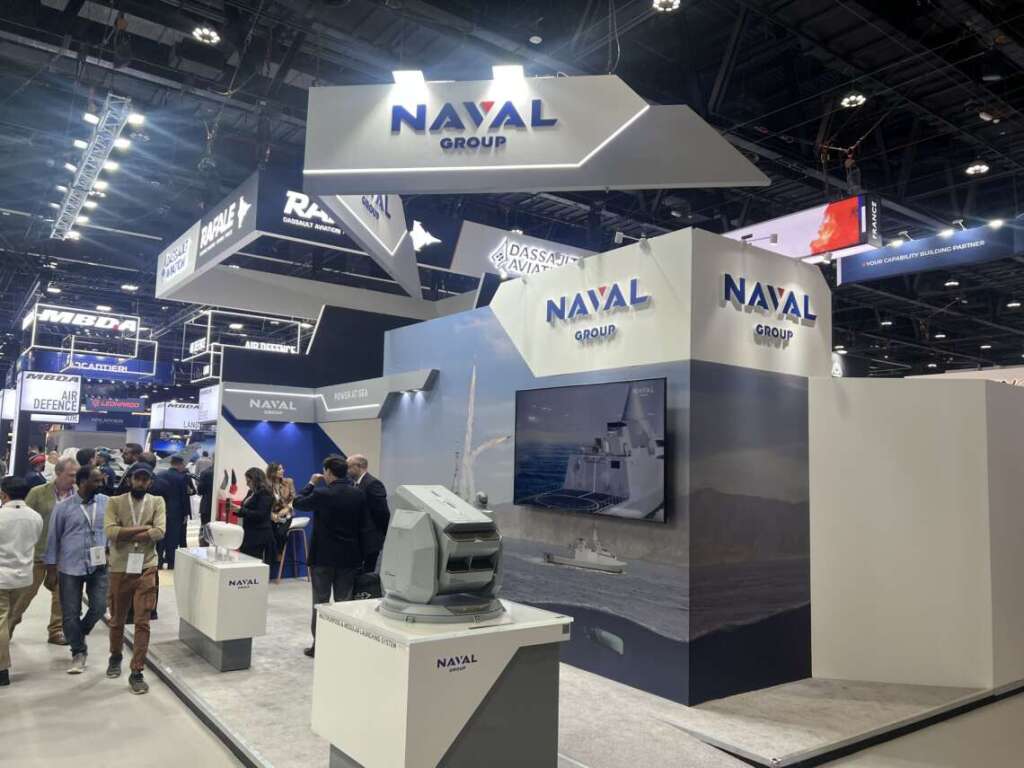
French Naval Group talks with UAE on unmanned systems
The French Naval Group has announced ongoing discussions in the UAE regarding combat vessels and unmanned systems.
In statements to the Emirates News Agency (WAM) during the IDEX 2025, Guillaume Pateu – UAE Country Director at Naval Group, stated that the company has made significant progress in strengthening its partnership with the UAE Navy through long-term strategic contracts.
He referred to the group’s continued commitment to delivering the latest maritime defence technologies.
He also noted that last year, the company signed a strategic contract to transfer technology related to the Combat Management System (CMS), which serves as the brain of combat vessels, managing onboard sensors and weaponry. The full transfer of this technology to the UAE is expected to be completed within two years.
Pateu added that the new system would be deployed on all UAE Navy vessels, both new and retrofitted and that the agreement includes a joint training and development programme for Emirati engineers. This initiative aims to equip them with advanced expertise in combat system software development.
The training will take place at the Naval Group Centre of Excellence for CMS in Ollioules, France, for two years. The second phase will be conducted in the UAE to ensure that Emirati engineers achieve full operational and developmental independence with the system.
Regarding the group’s plans for 2025, Pateu emphasised that they are engaged in advanced discussions with the UAE Navy on new projects, including combat ships and underwater unmanned systems.
ALSO READ: Economic pact fuels India-UAE trade boom


